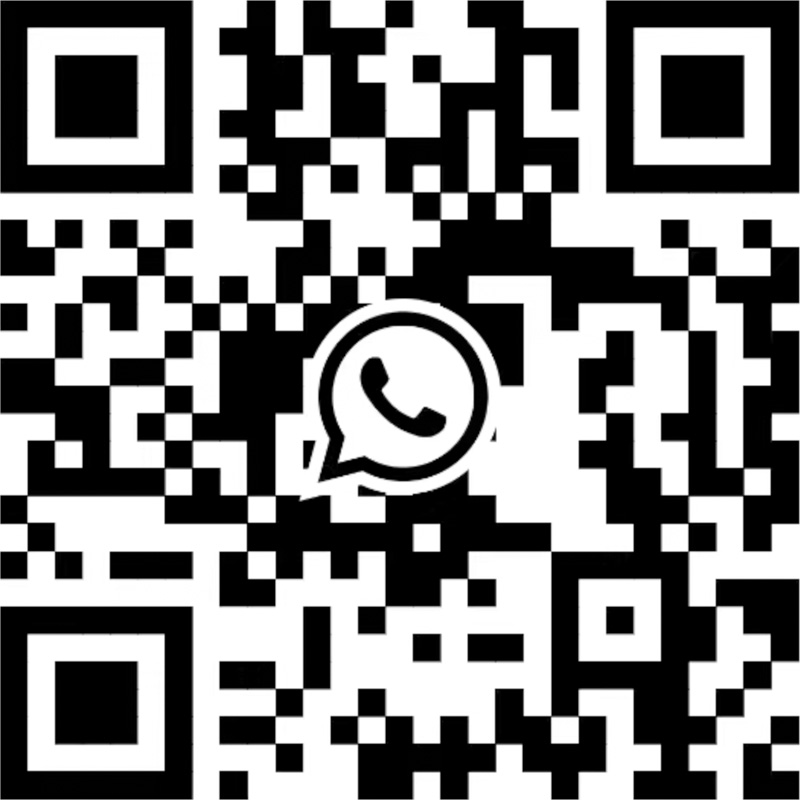10% back in points on custom print orders. Activate now
 Free delivery on orders over $59.99
Free delivery on orders over $59.99
Need a hand? Speak to a print expert today. Find a store
10% back in points on custom print orders. Activate now
 Free delivery on orders over $59.99
Free delivery on orders over $59.99
Need a hand? Speak to a print expert today. Find a store

A seemingly simple sticker goes through multiple professional steps—from "an idea in your mind" to "a physical item in your hands"—requiring precise coordination of design, materials, and craftsmanship. Any overlooked detail (e.g., blurry patterns, color deviations, peeling edges) can lead to a final product that doesn’t match expectations. This issue deeply breaks down the full workflow of sticker printing, helping you avoid common "traps" and ensuring your design translates perfectly.
I. Pre-production Preparation: The "Non-negotiable" Design File Requirements

Step 1: File Format and Resolution
The most frequent issue printing factories encounter is clients submitting "unusable" files—such as photos taken with a phone (low resolution), unlayered design drafts (text merged with background), or RGB-mode files (significant color shifts in print). The correct approach: Design files should be vector graphics (AI/EPS format) or high-resolution raster images (PDF/PSD format), with a resolution of no less than 300dpi (dots per inch; lower values result in fuzzy patterns), and the color mode must be CMYK (the four-color printing standard; RGB mode often appears darker or shifted after printing).
Step 2: Bleed Area and Safety Margins
Stickers need to be cut to specific sizes, and if patterns are placed too close to the edges, slight cutting errors may cause "missing edges." Therefore, designs must include a 3mm bleed area (e.g., for a 50×50mm sticker, the design file should be 56×56mm, with the extra 6mm for trimming adjustments), and important text/patterns should stay at least 5mm away from the edges (safety margin) to avoid being cut off.
Step 3: Special Process Annotations
If planning special effects like hot stamping, UV embossing, or die-cut windows, these must be clearly marked on the design file (e.g., using colored blocks to indicate hot-stamped areas), and you should communicate feasibility with the printer in advance—for example, overly fine lines (<0.2mm) aren’t suitable for hot stamping, and densely packed UV dots may not emboss clearly.
II. Printing Production: Quality Control at Key Stages
Step 1: Plate Making and Color Calibration
Digital printing (suitable for small batches/custom orders) can directly output files, but traditional offset or screen printing requires plate-making (film negatives or screens). The core of this stage is color calibration—printers use professional spectrophotometers to compare the CMYK values in the design file with the actual ink output, adjusting the ratios of cyan (C), magenta (M), yellow (Y), and black (K) to ensure the final colors match expectations (especially brand colors like Coca-Cola red or Tiffany blue, which require providing Pantone color codes for reference).
Step 2: Printing and Special Treatments
The printing method depends on the material: paper stickers typically use offset printing (even color distribution, ideal for large solid areas) or digital printing (high flexibility, suitable for small batches); film stickers (e.g., PVC/PET) often use UV inkjet printing (supports gradients, transparent effects) or screen printing (thick ink layers, ideal for bold patterns). If additional effects (e.g., hot stamping, embossing, localized UV) are needed, they’re applied after printing—for example, "text hot stamping" involves printing the base color first, then using heat and pressure to apply gold foil to specified areas; "UV embossing" creates tactile raised dots by curing UV ink locally.
Step 3: Die-Cutting and Slitting
The printed sheet is cut into individual stickers of specific dimensions. The precision of the die-cutting blade directly affects edge neatness—high-quality blades achieve ±0.1mm error margins, avoiding rough edges or cutting through the liner; slitting also requires attention to "blank margins" (not fully cutting the liner to facilitate easy peeling).
III. Post-production Inspection: Details That Determine Success
Finished stickers undergo three rounds of quality checks:
1.Visual Inspection: Are patterns clear without ghosting? Are colors uniform (no shifts)? Are edges free of burrs or misalignment?
2.Functional Testing: Does the adhesive meet stickiness standards (tested with a standard tensile machine for peel strength)? Is it waterproof (observing whether it fades/peels after 24 hours submerged in water)? Is it temperature-resistant (placed at 80°C high heat or -20°C low temperature for 2 hours to check for deformation)?
3.Packaging Compliance: Packaged according to client requirements (e.g., 100 stickers per bag or roll packaging for automatic labeling machines), accompanied by a quality inspection report (listing materials, processes, batch numbers).
User Pitfall Guide: How to Communicate Effectively with Printers?
• Clarify requirements upfront: Usage (indoor/outdoor? Short-term/long-term?), application surface (glass/metal/fabric?), and special needs (removable? Waterproof?).
• Provide references: Not just the design file, but also "ideal outcome" photos or competitor stickers to help printers understand details.
• Request samples: Always ask for a physical sample before mass production (especially for custom colors or processes) to confirm accuracy and avoid costly rework.
Though sticker printing may seem straightforward, it’s a fusion of design, materials, and craftsmanship. Only by rigorously controlling each step can a small sticker carry creativity while withstanding the test of time. For brands or individual creators, understanding these process details not only improves communication efficiency but also ensures the final product perfectly reflects your vision.



Blog Sitemap Xml Privacy Policy
Copyright © 2025 Shantou Guyin Packaging Co., Ltd. All Rights Reserved.  Network Supported
Network Supported
Leave A Message
Scan to WhatsApp :

